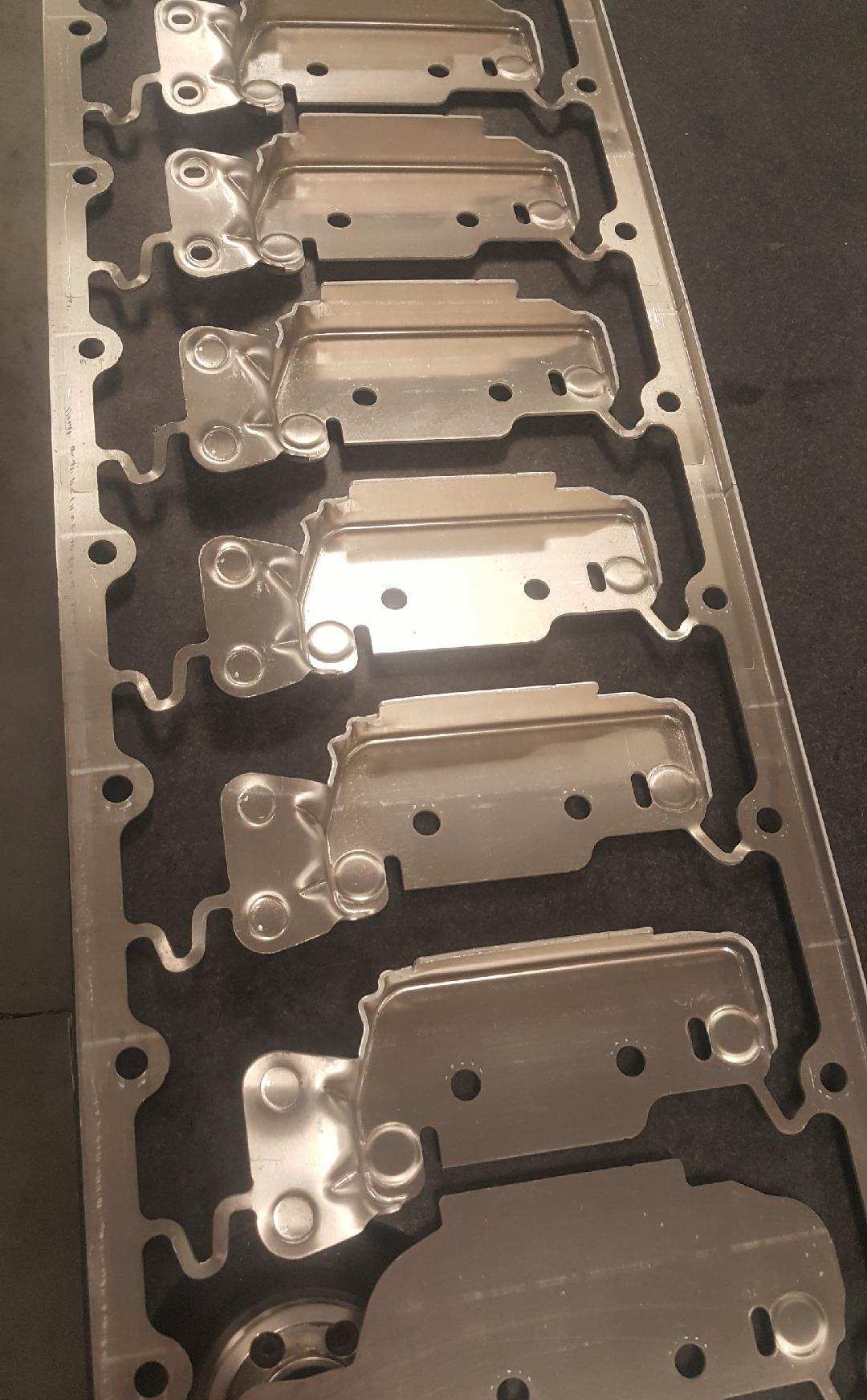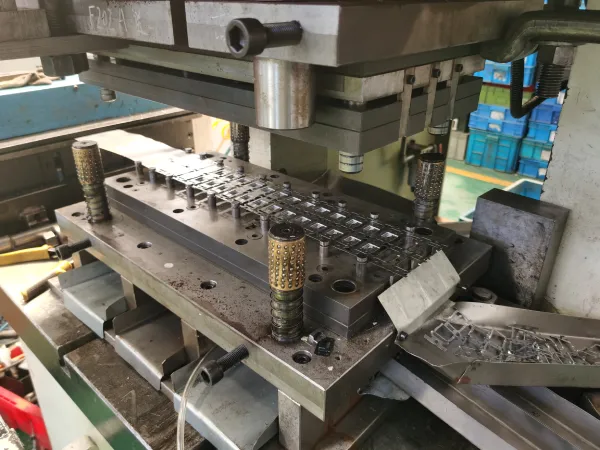The Development of Steel Marking Processes: Technologies and Applications
The world of metal marking processes has actually experienced a transformative trip marked by consistent development and adjustment to satisfy the demands of contemporary industrial practices. From the standard methods deeply rooted in background to the advanced modern technologies driving high-speed precision, the evolution of metal marking has been absolutely nothing except exceptional. As new tooling methods and automation find their means into this field, the ramifications for performance and quality are extensive. The applications span across a spectrum of sectors, each profiting distinctively from the improvements in steel marking procedures.
Traditional Metal Marking Strategies
Traditional metal stamping methods have actually long been the foundation of producing procedures in numerous sectors due to their efficiency and precision. The process entails forming a metal sheet or coil into a preferred shape by pressing it between a die and a punch. This technique is extensively made use of for generating huge amounts of parts with high precision at a rapid rate.
One of the essential advantages of conventional metal stamping techniques is the ability to maintain limited tolerances, making sure that each component fulfills the called for requirements continually. This level of precision is vital in markets such as automobile, aerospace, and electronics, where even minor deviations can cause considerable problems.
Additionally, standard metal stamping techniques supply cost-effective options for mass production compared to various other producing techniques. The ability to stamp components in quick succession decreases manufacturing time and lowers labor expenses, making it an attractive alternative for businesses aiming to optimize their production processes.
Emergence of High-Speed Stamping

One of the vital advantages of high-speed marking is its ability to keep precision and uniformity also at accelerated handling speeds. This precision is crucial in sectors where tight resistances and intricate styles are called for. Additionally, high-speed marking enables the processing of a vast range of products, consisting of light weight aluminum, stainless-steel, and copper, further broadening its applicability across different fields.
Additionally, the introduction of high-speed marking has allowed suppliers to satisfy the expanding demand for complicated elements in sectors such as automotive, aerospace, and electronics (Metal Stamping). By leveraging the speed and precision of high-speed marking technology, business can improve their competition in a swiftly evolving market landscape
Developments in Tooling Innovation
With the advancement of high-speed stamping allowing improved accuracy and effectiveness in steel creating procedures, the area of metal stamping has actually seen substantial innovations in tooling technology. Tooling technology plays an essential function in metal marking procedures, affecting variables such as item top quality, manufacturing rate, and general cost-effectiveness. One vital advancement in tooling technology is the growth of smart tooling systems that integrate sensors and keeping an eye on gadgets to offer real-time data on the stamping process. These systems can detect concerns such as device wear or imbalance, enabling immediate adjustments to keep optimum efficiency.
In addition, improvements in materials scientific research have caused the creation of tooling materials with improved toughness, use resistance, and thermal conductivity. By making use of these sophisticated materials, tooling makers can produce passes away and molds that hold up against the high pressures and temperature levels included in metal marking processes, leading to longer device life and enhanced manufacturing effectiveness. In addition, find advancements in tool design, such as using simulation software and additive production techniques, have made it possible for the production of complicated tooling geometries that were formerly challenging to generate. Generally, these advancements in tooling innovation have actually changed the metal marking industry, enabling suppliers to achieve higher levels of accuracy, efficiency, and price savings.
Integration of Automation in Stamping
As automation remains to reshape the landscape of metal stamping processes, the combination of automated systems has ended up being progressively common in contemporary manufacturing facilities. Automated systems provide various benefits in metal stamping, including raised performance, improved precision, and enhanced security. By integrating automation right into stamping processes, manufacturers can minimize cycle times, lessen product waste, and optimize manufacturing throughput.
One of the vital elements like this of automation in stamping is the usage of robot arms for tasks such as product handling, component control, and quality examination (Metal Stamping). These robotic systems can perform recurring and labor-intensive tasks with rate and precision, freeing up human operators to concentrate on more complicated operations. In addition, automation enables for real-time surveillance and modification of marking processes, causing higher general process control and high quality assurance
Moreover, the integration of automation in stamping makes it possible for producers to attain consistent component top quality, satisfy tight resistances, and boost total performance. As technology proceeds to advance, the duty of automation in steel marking procedures is expected to increase even more, driving advancement and performance in the production sector.
Applications Throughout Diverse Industries
Incorporating metal stamping procedures throughout diverse industries showcases the flexibility and adaptability of this manufacturing technique. Furthermore, the home appliance industry benefits from steel stamping procedures to produce parts for refrigerators, cleaning equipments, and other home appliances. The adaptability of metal stamping processes makes it an important production technique throughout numerous markets, showing its significance in modern-day manufacturing processes.
Verdict

Comments on “Comprehensive Guide to Metal Stamping: Methods, Applications, and Benefits”